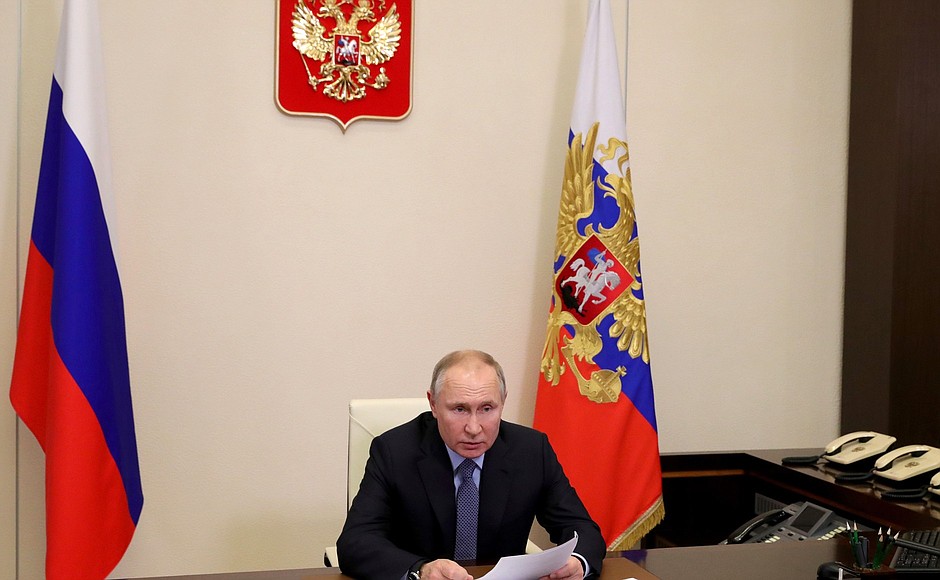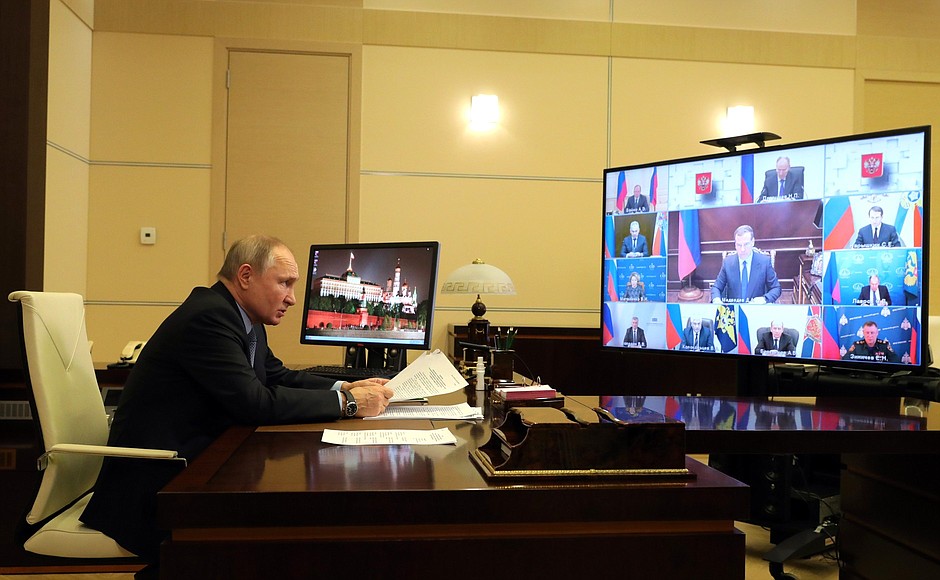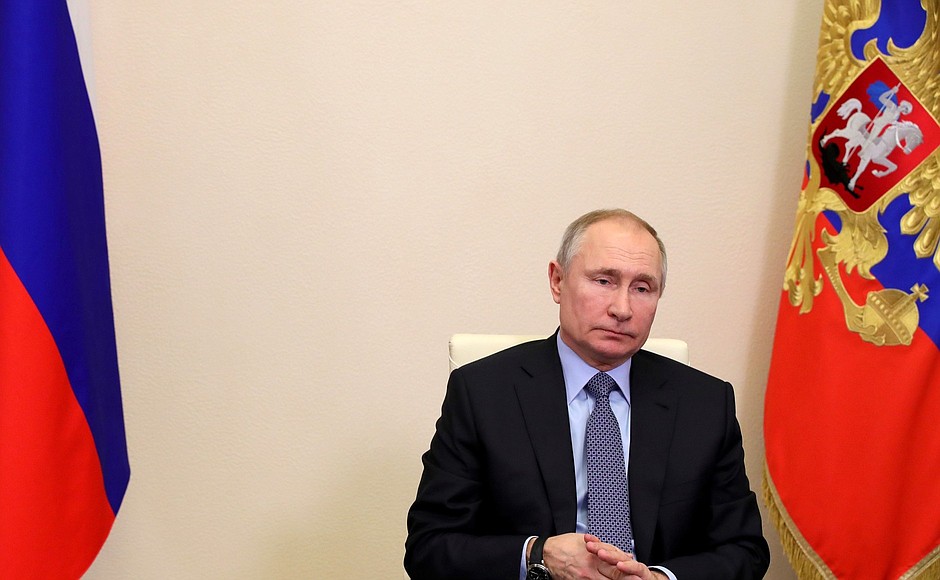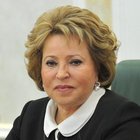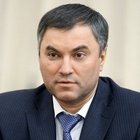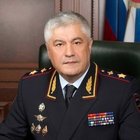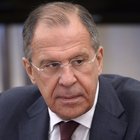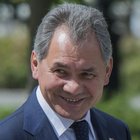Taking part in the meeting were Federation Council Speaker Valentina Matviyenko, State Duma Speaker Vyacheslav Volodin, Deputy Security Council Chairman Dmitry Medvedev, Chief of Staff of the Presidential Executive Office Anton Vaino, Security Council Secretary Nikolai Patrushev, Interior Minister Vladimir Kolokoltsev, Foreign Minister Sergei Lavrov, Defence Minister Sergei Shoigu, Director of the Federal Security Service Alexander Bortnikov, and Director of the Foreign Intelligence Service Sergei Naryshkin.
See also
Minister for Civil Defence, Emergencies and Natural Disasters Relief Yevgeny Zinichev was also invited to attend the meeting.
* * *
President of Russia Vladimir Putin: Good afternoon, colleagues, and hello.
Today, we will review some matters pertaining to additional measures to prevent and eliminate flash floods and wildfires in 2021 and to conduct cleanup operations. We are aware that 2020 was a hard year in this respect, and that a difficult situation with flash floods persisted in various regions of the Russian Federation, including the Republic of Sakha Yakutia, Khakasia, Altai Territory, Vologda and Tyumen regions. The most demanding circumstances regarding wildfires shaped up in the Republic of Sakha Yakutia, Trans-Baikal, Krasnoyarsk and Khabarovsk territories, Irkutsk Region and the Chukotka Autonomous Area.
On the whole, 2020 statistics and objective data show that the complex of measures aiming to contain flash floods and wildfires mostly made it possible to minimise environmental damage and material losses in most of the Russian regions on 2019 and earlier years, all the more so as all these measures were implemented in a challenging period of time linked with the spread of the novel coronavirus.
At the same time, various matters regarding the organisation of fire-prevention measures, their subsystems, as well as their operation and the prediction of dangerous hydrometeorological phenomena, remain unresolved. We have to continue upgrading the Joint State System for Preventing and Eliminating Emergencies, its territorial and functional subsystems, to implement preventive measures and to duly maintain modern technical equipment levels of fire-prevention and rescue forces and their combat readiness.
Let us discuss all of this today.
<…>
